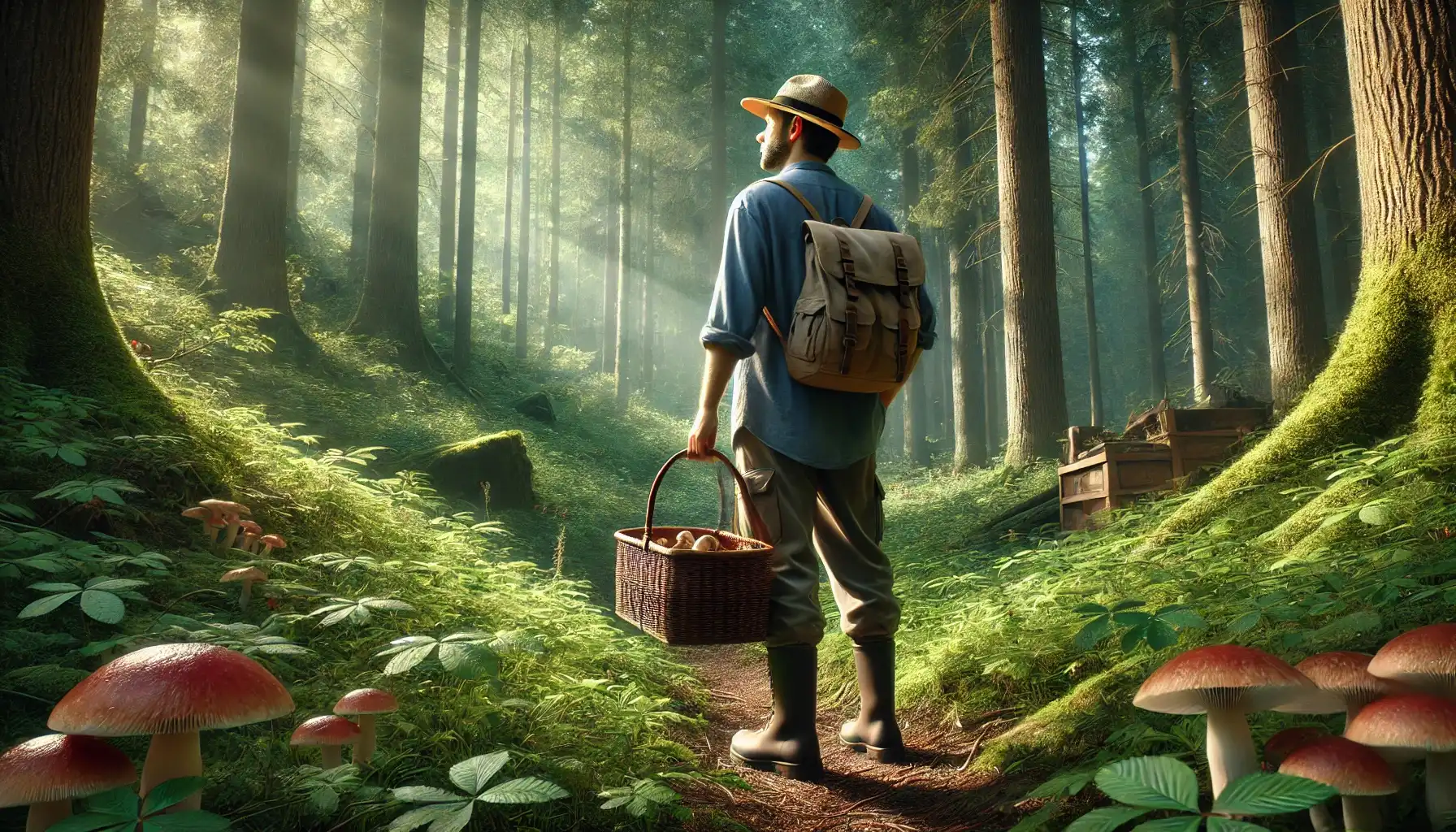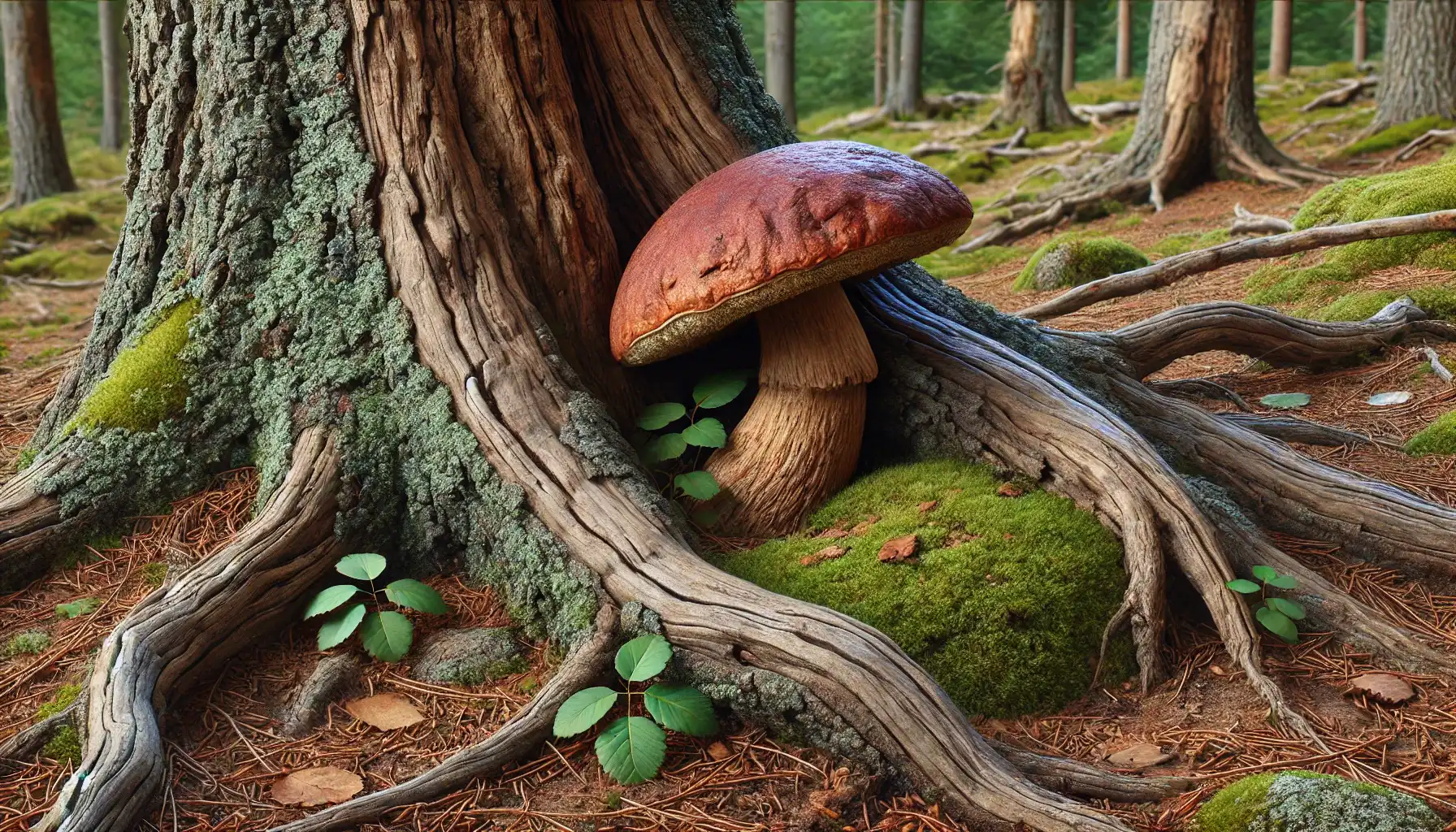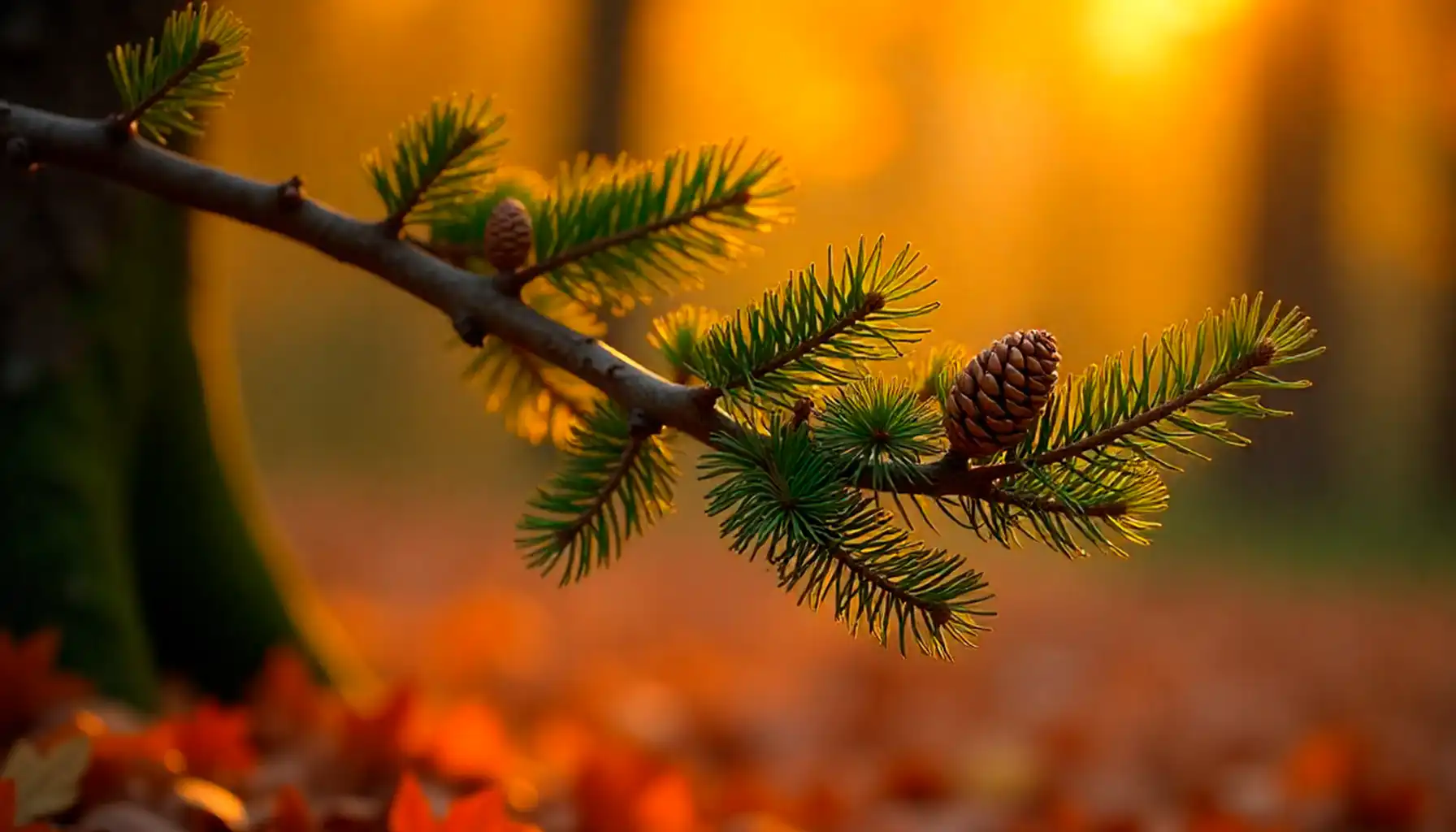Mushroom picking is a memorable experience that can provide you with not only foodstuff but emotions and magical moments spent with your loved ones. However, the hunt is the hunt, and it always requires thorough preparation beforehand so as not to get lost but to find a forest treasure in the end.
In this material, we would love to touch upon the essential details regarding mushroom foraging, including the ideal season and appropriate locations to choose for picking. So let your hunt begin together with our plant ID app.
When Can We Go Mushroom Hunting?
There exist various stereotypes about mushroom picking and the best season for such an activity. In fact, mushrooms may thrive all year round (even in winter, e.g., Oyster Mushroom and Winter Chanterelle), which is limited to the particular mushroom species and the environmental conditions only. Nevertheless, as foragers assert, the mushroom season usually begins in spring with the peak period in fall (i.e., mid-September and October).
Mind that mushrooms need enough moisture to grow, so those periods after significant rainfalls might be ideal for hunting when the grounds are still moist. Besides, each species has its own preferences in terms of temperature ranges and habitat, which are to be discussed further. So, where do I find morel mushrooms and other varieties as well?
Locations, Locations, Where Do I Find Mushrooms?
Fungi are ubiquitous, and that is a fact. Those who strive to start their hunting career should first take a look at the flora around them. With proper preparation and understanding of how mushrooms grow, it gets easier to spot them almost anywhere, e.g., in parks, gardens, meadows, sidewalks, trees, and more.
All in all, different mushrooms grow in distinct types of locations, influenced by soil conditions, neighboring vegetation, and moisture levels, too. The richest environment of forests and woodlands that appears in full bloom in fall grants a great volume of mushrooms and experience, not to mention.
Species by Species: Briefly About Mushroom Basics
“Where do I find Chanterelle Mushrooms?”, one may ask. Although there is no universal answer to this question, each species has its own tendencies, as they have different growth requirements and plant care needs. For the user’s convenience, here is a list of some of the most popular options for foragers to seek by season.
Spring
Morels: Often found in forests around burned, disturbed, dead, or dying elm, ash, poplar, and apple trees. A suitable temperature range is 50-70°F (10-21°C).
Pheasant Back: As usual, found on dead or dying hardwood trees, like maples and elms. A suitable temperature range is 50-70°F (10-21°C).
Shaggy Mane: Grown in grassy areas, gravel roads, and gardens with a temperature range of 50-70°F (10-21°C).
Summer
Chanterelles: Prefers moist, mossy environment with a temperature range of 60-80°F (16-27°C).
Black Trumpet: Detected in deciduous trees, close to oaks and beeches with mossy areas with a temperature of 60-75°F (16-24°C).
Lobster Mushroom: Parasitizes other mushrooms and grows in hardwood and mixed forests, searching for food and surviving the temperature of 60-80°F (16-27°C).
Fall
Lion’s Man: In general, grows on dead or decaying hardwood situated in a warm environment with 50-70°F (10-21°C).
Giant Puffball: Promoted on social media as an alternative “meat” and successfully found another day with a temperature of 50-70°F (10-21°C).
Hen of the Woods: Occupies an oak tree by positioning the mushrooms at the base of the plant at 50-65°F (10-18°C).
Winter
Winter Chanterelles: Found in coniferous forests with mossy areas available, 40-60°F (4-16°C) for a mushroom to be picked is great.
Blewit: Cultivated in leaf litter, compost piles, and grassy areas of 35-50°F (2-10°C). The ideal option for those who like the cold.
Velvet Foot: Could be found on dead or dying hardwood trees, elm and poplar ones in particular with a temperature of 35-50°F (2-10°C).
Advanced Preparation is the Key
It is an open secret that mushroom hunting requires thorough planning and careful observations in advance. How well one prepares will inevitably determine one's potential health conditions, which is crucial. So as to know more about mushrooms, it is worth considering the AI Plant Finder app. What you should do is install the app, set up the profile, and enjoy numerous unique benefits designed specifically for gardeners, observers, and pickers of all levels.
Those who frequently forget about their gardening routine can set up plant care reminders for each pot or patch in the yard. Others may employ an illuminance meter to identify which spot in the apartment is suitable for their little garden. And, finally, for people who strive to learn more about the local flora and mushrooms in particular, a boundless database of more than 300,000 species is always available for knowledge distribution and plant promotion.
Read about each regional mushroom you are interested in and keep your phone close enough to use it during the hunt. As soon as you notice a mushroom, identify it with the use of the “Plant ID” feature by taking photos right in the app and enjoy these mushroom expeditions with confidence and respect.
Let us recapitulate it one more time. Mushroom foraging is an interesting yet complicated activity that presupposes mandatory preparation, without which it can be too dangerous to commence. Explore timings and possible locations of mushrooms in your region, employ this information when needed, and stay safe.
AI Plant Finder Related Posts:







